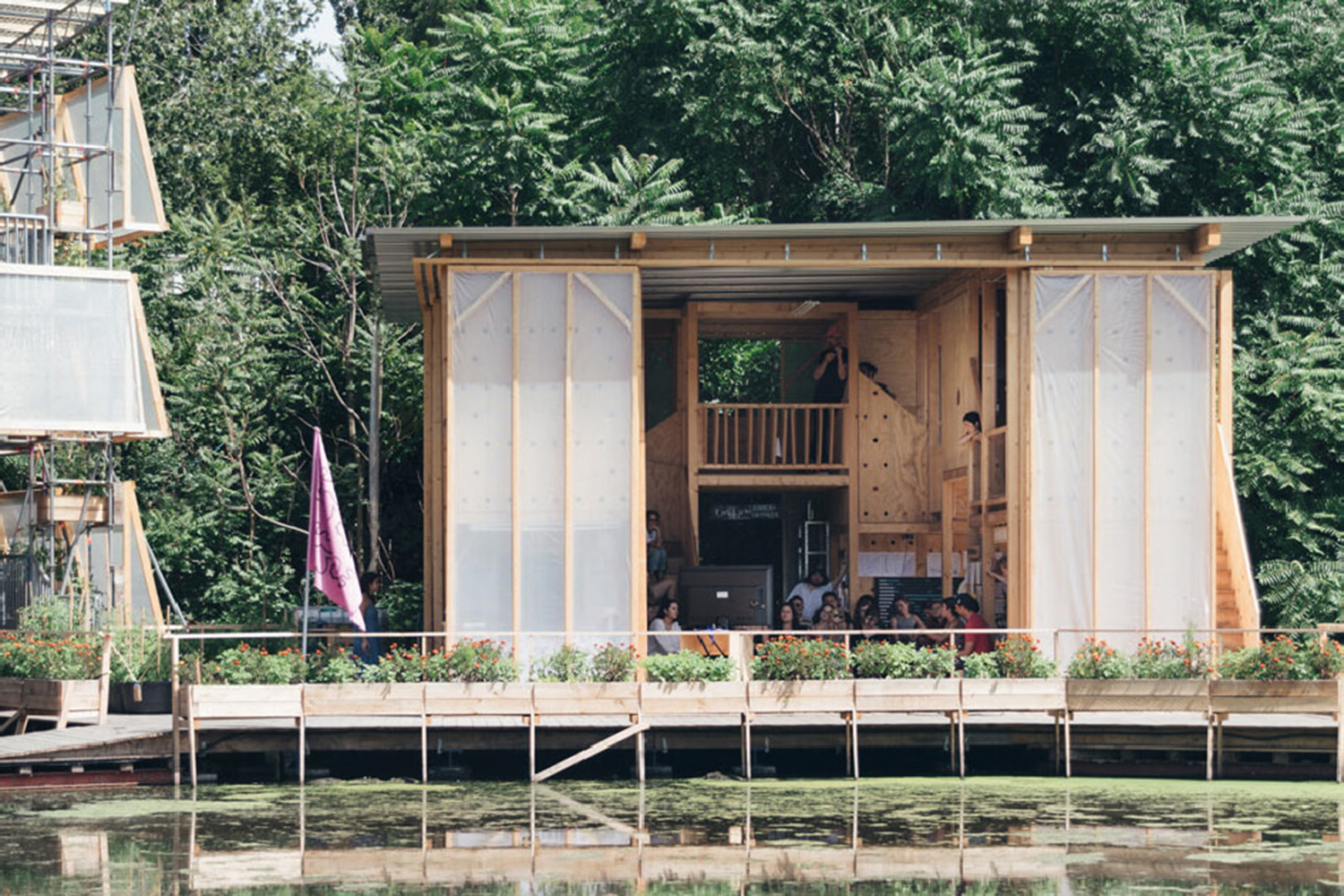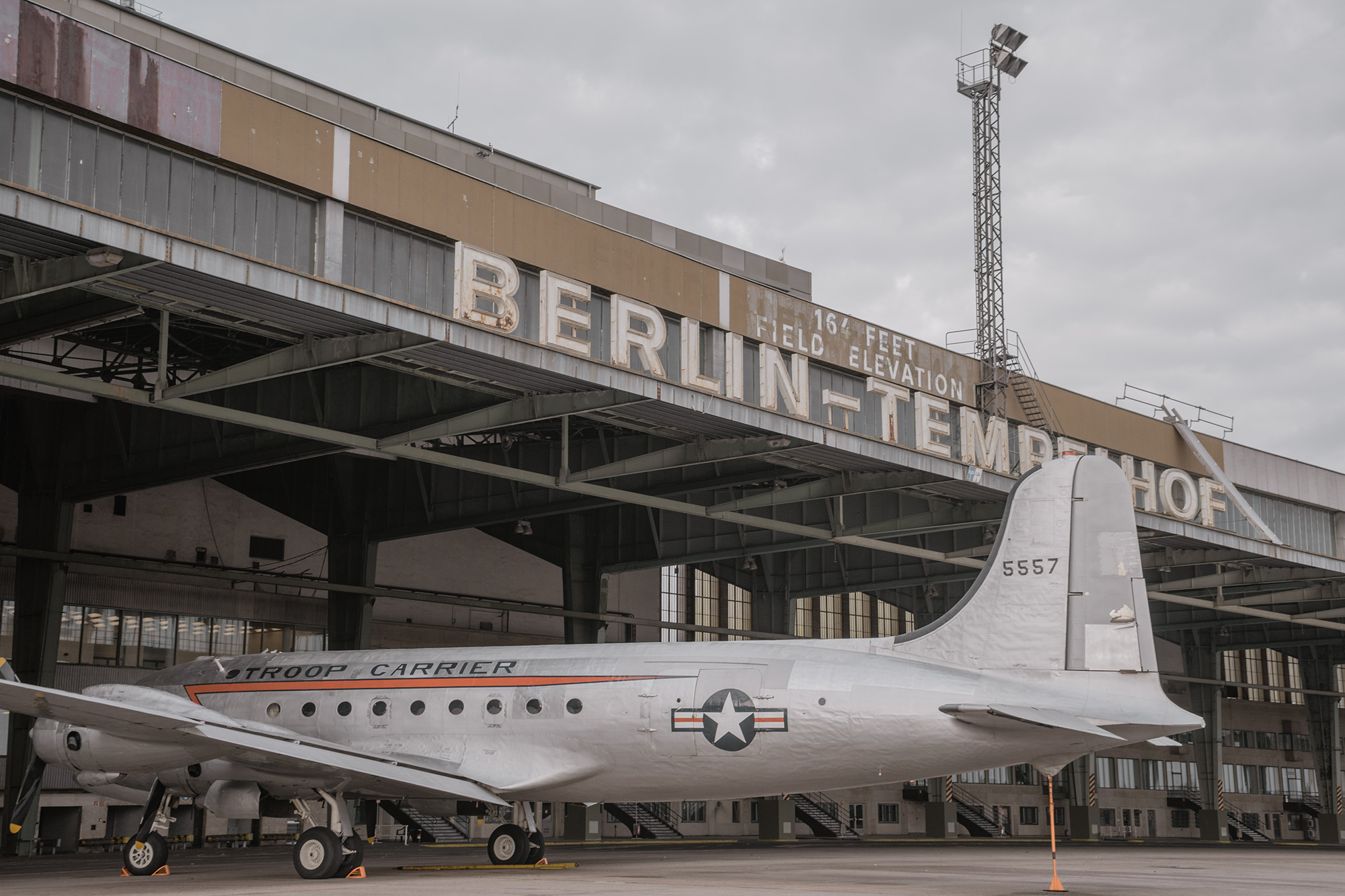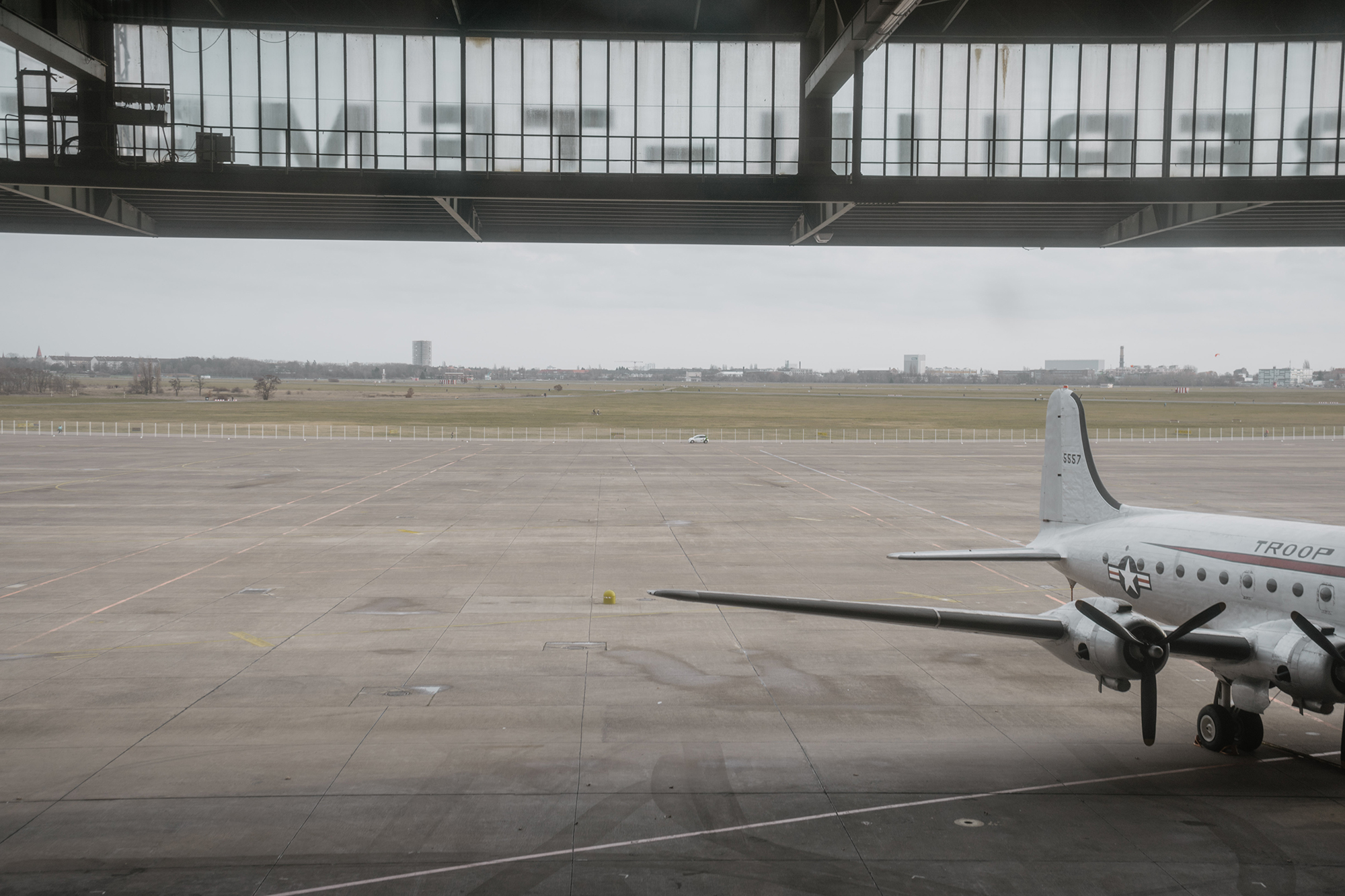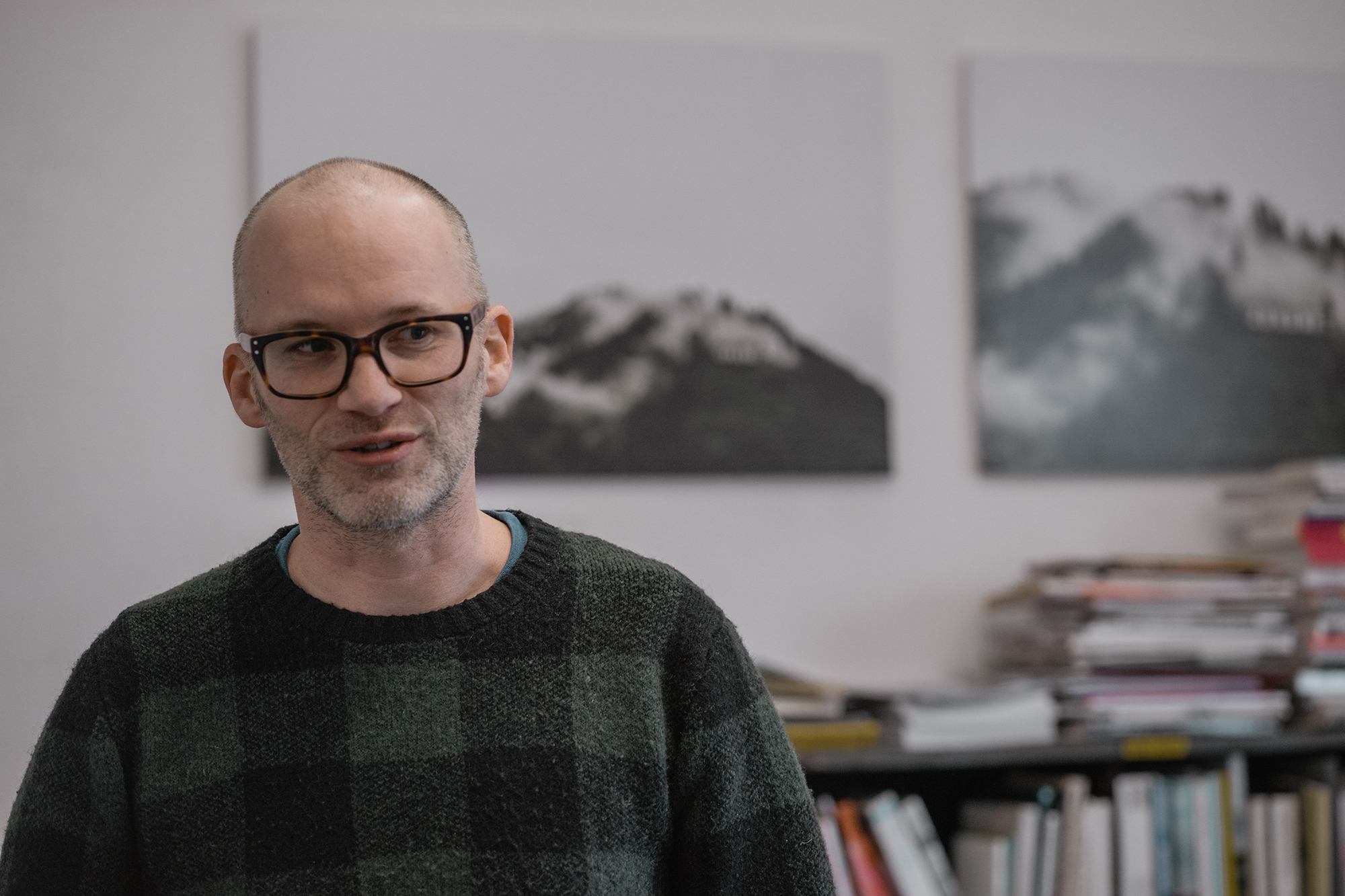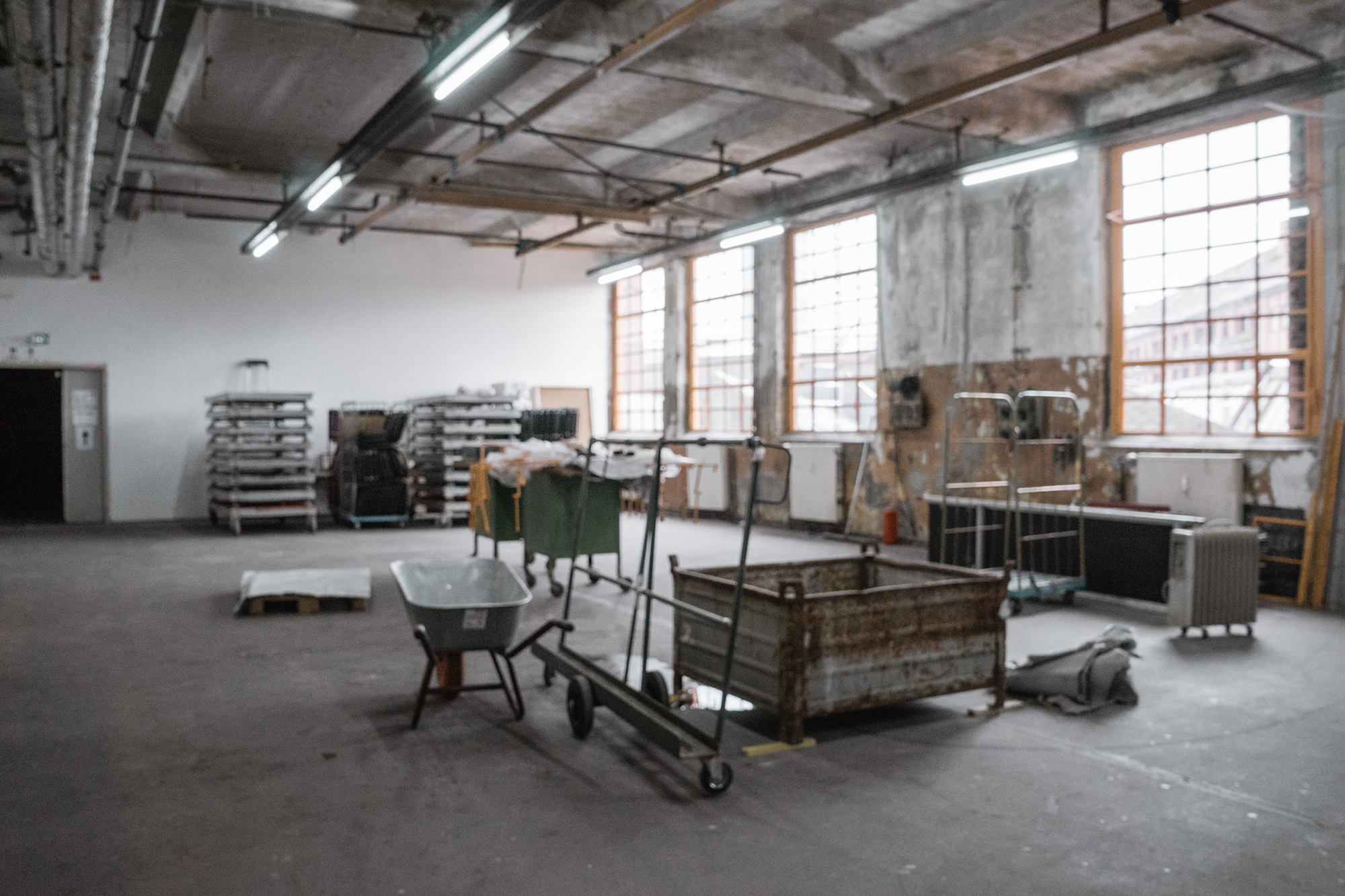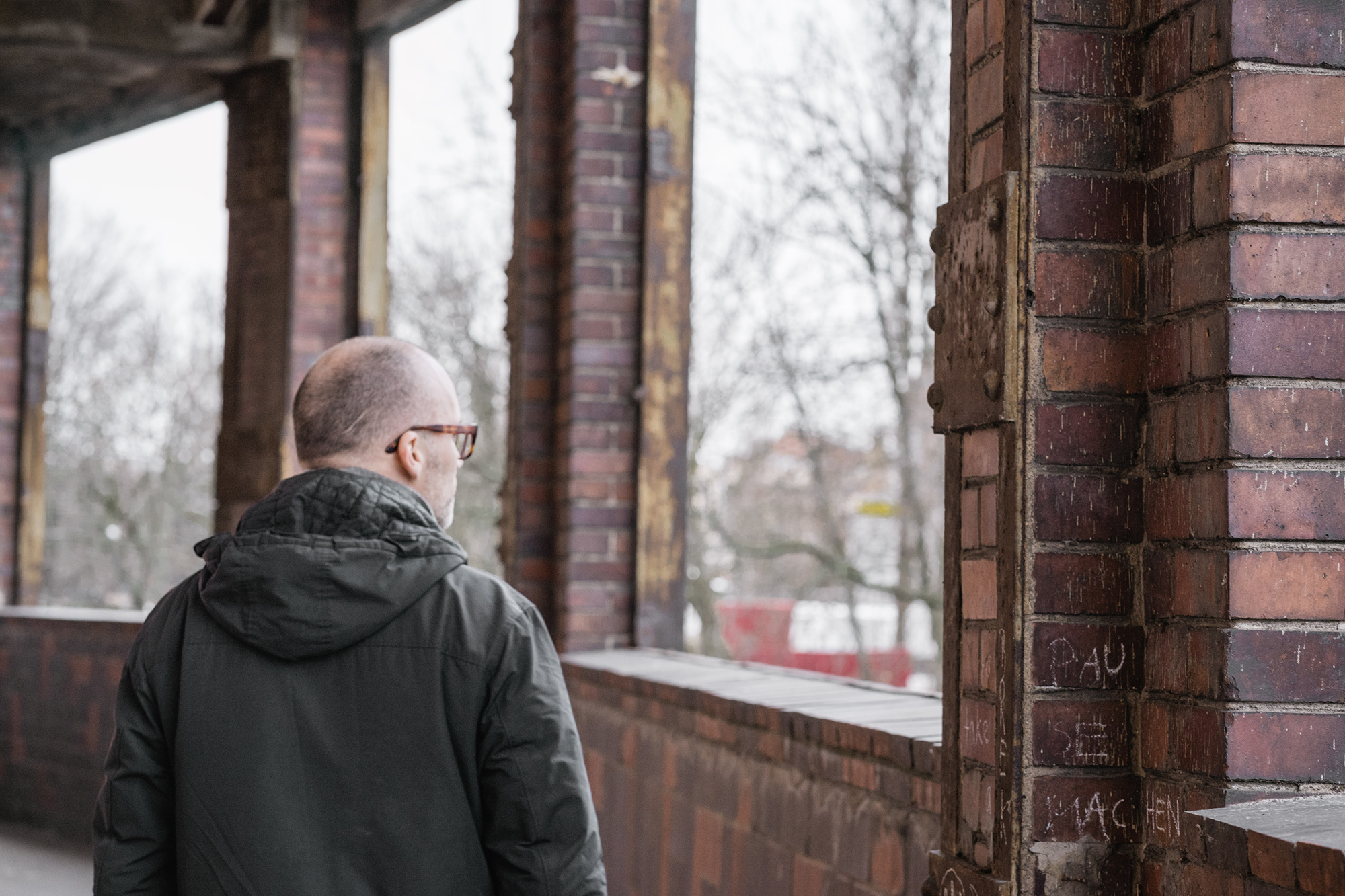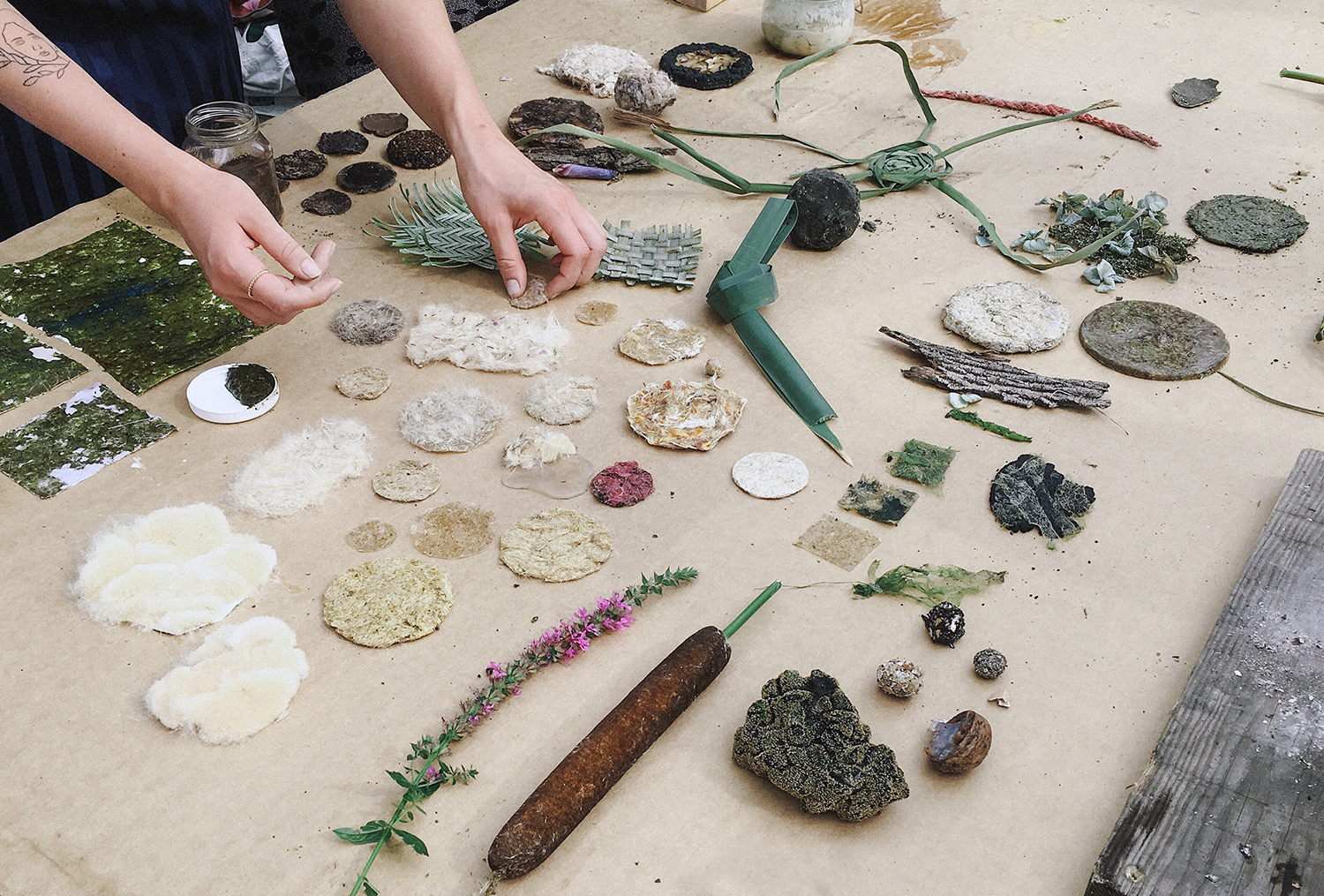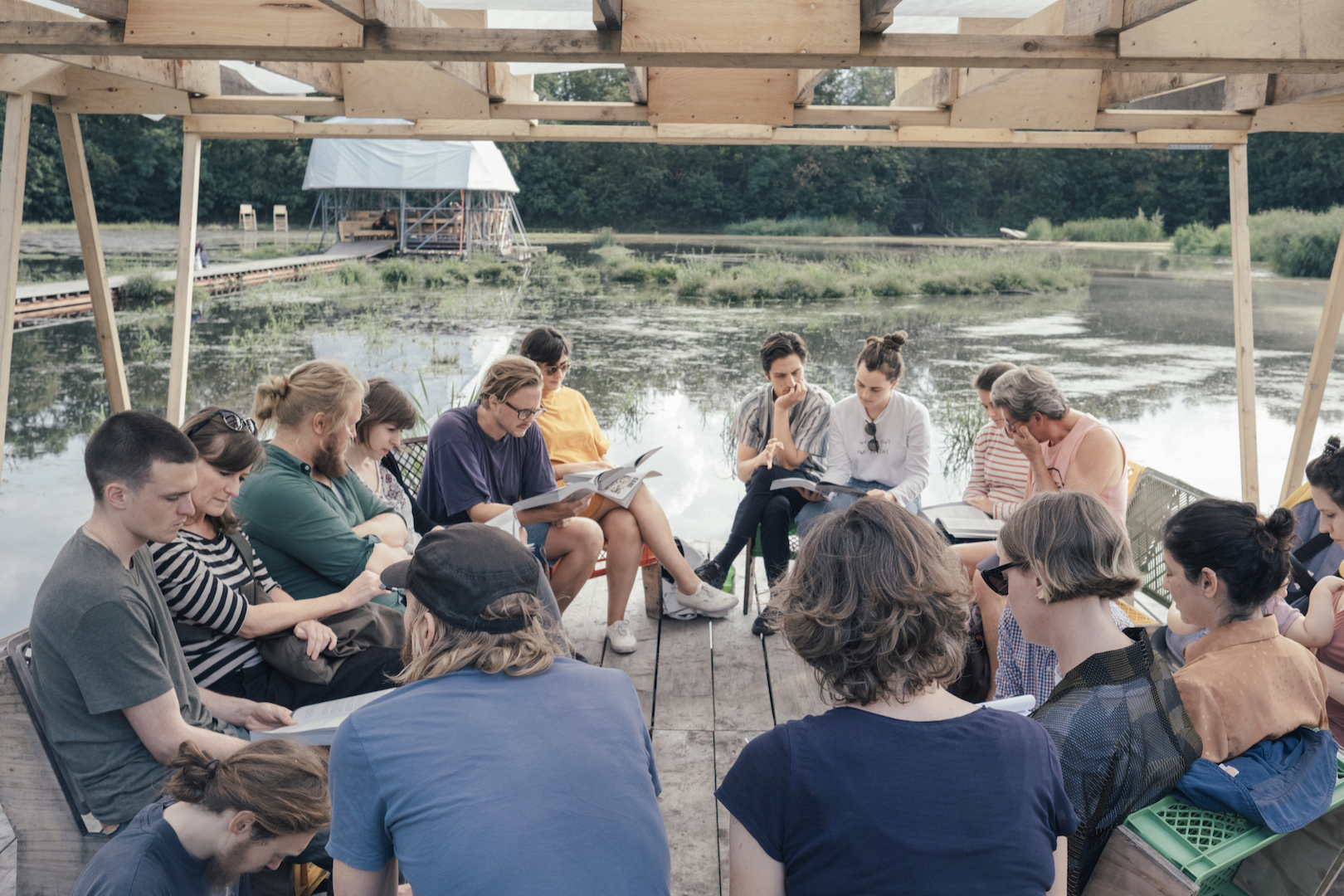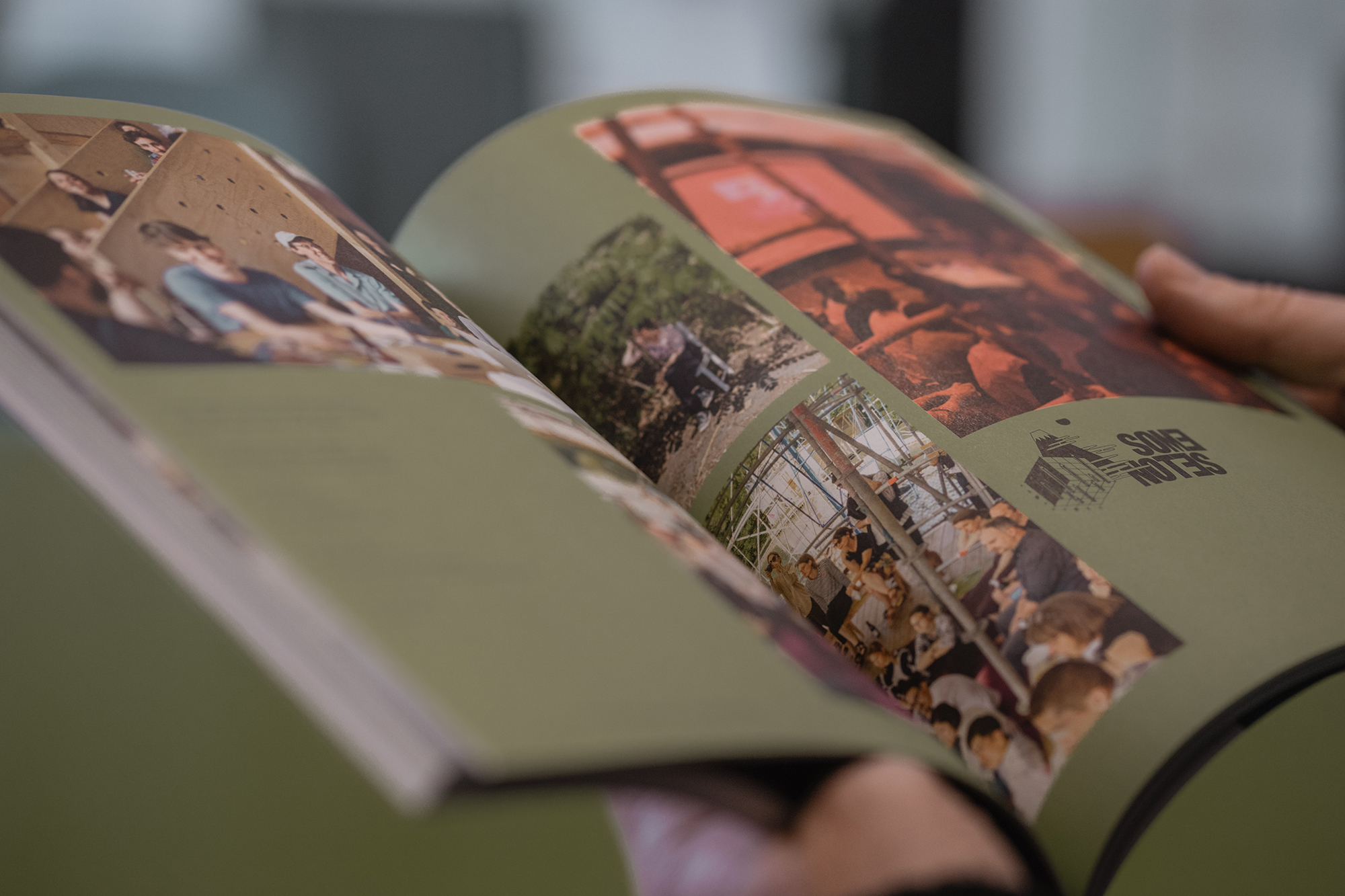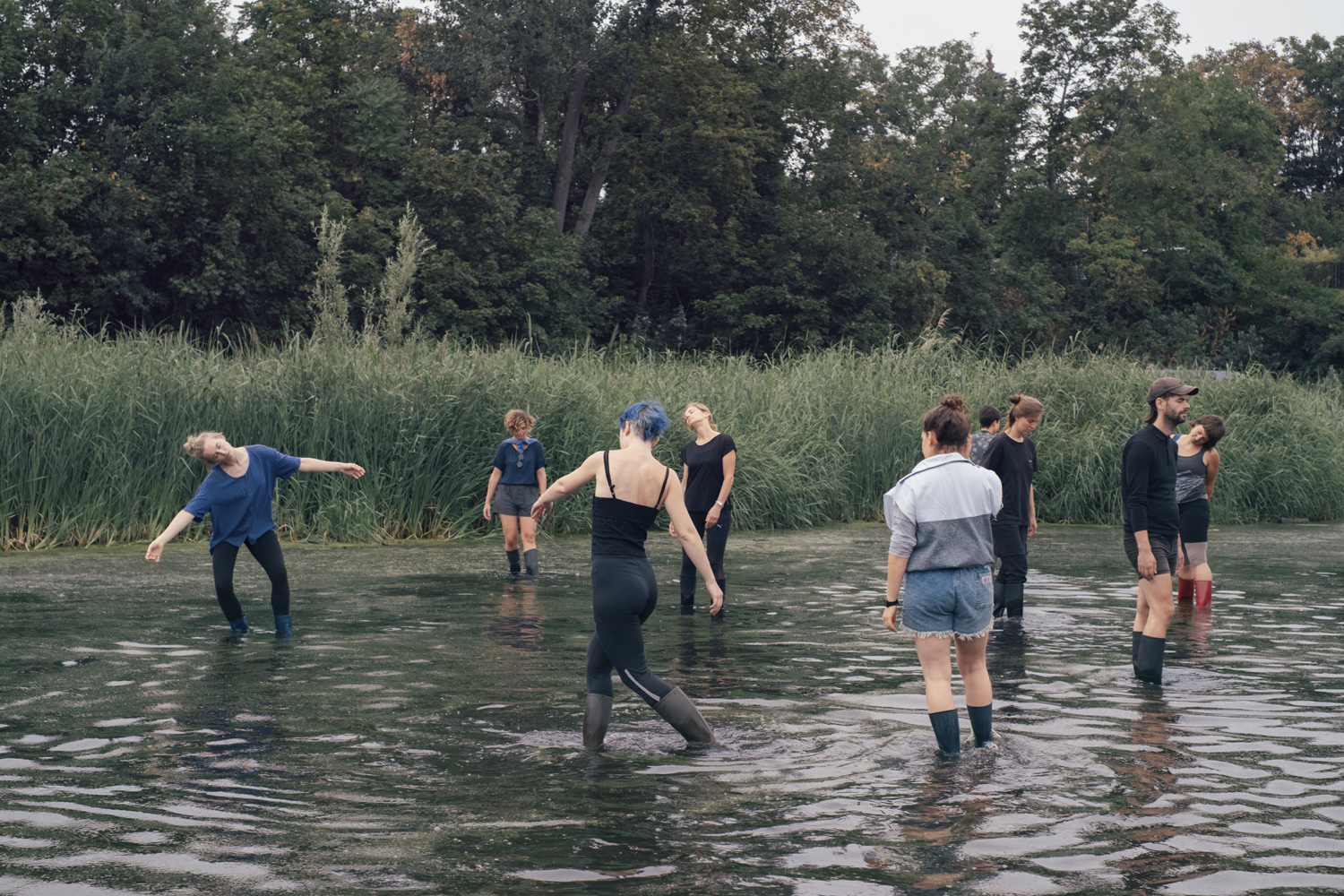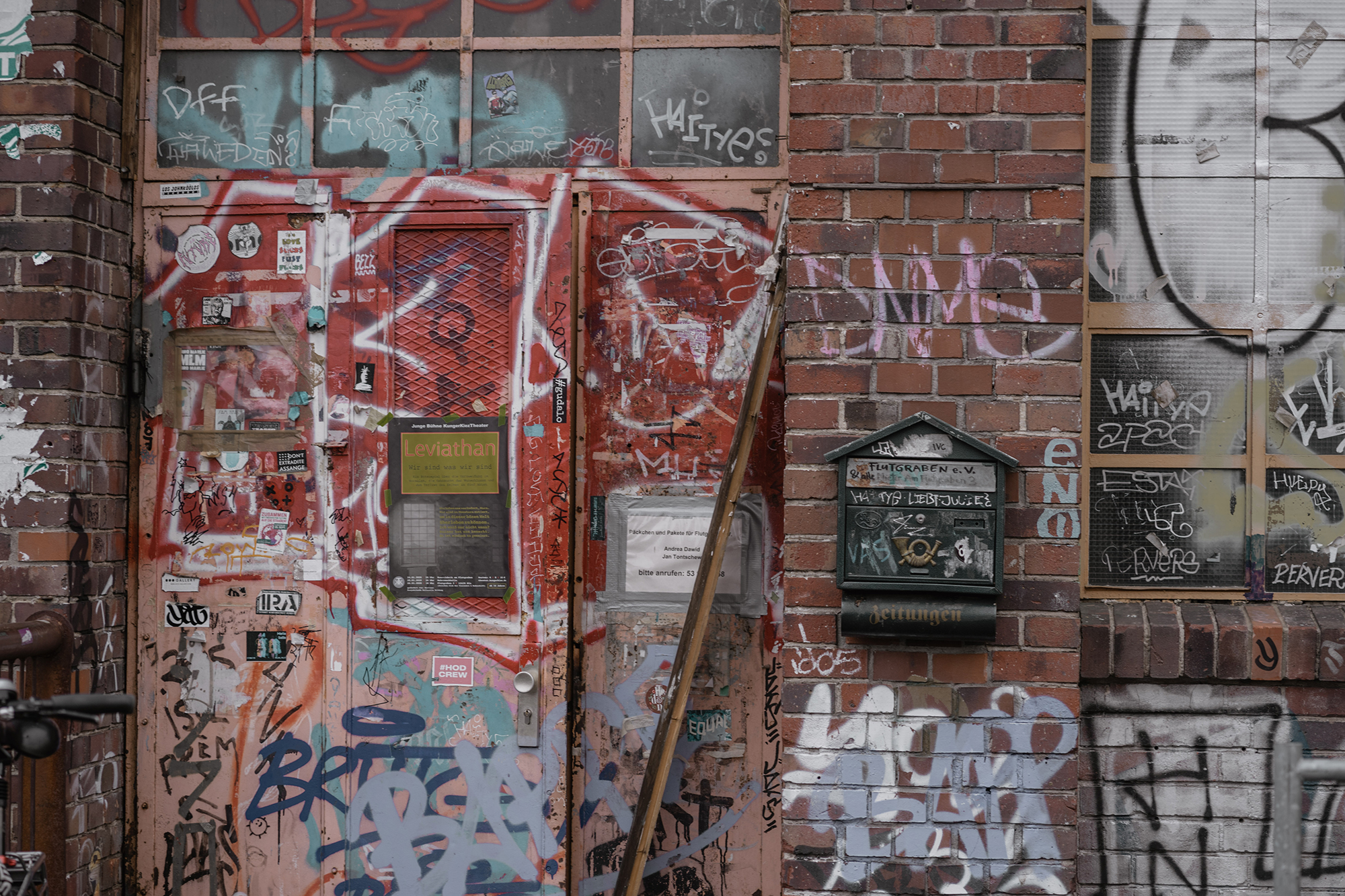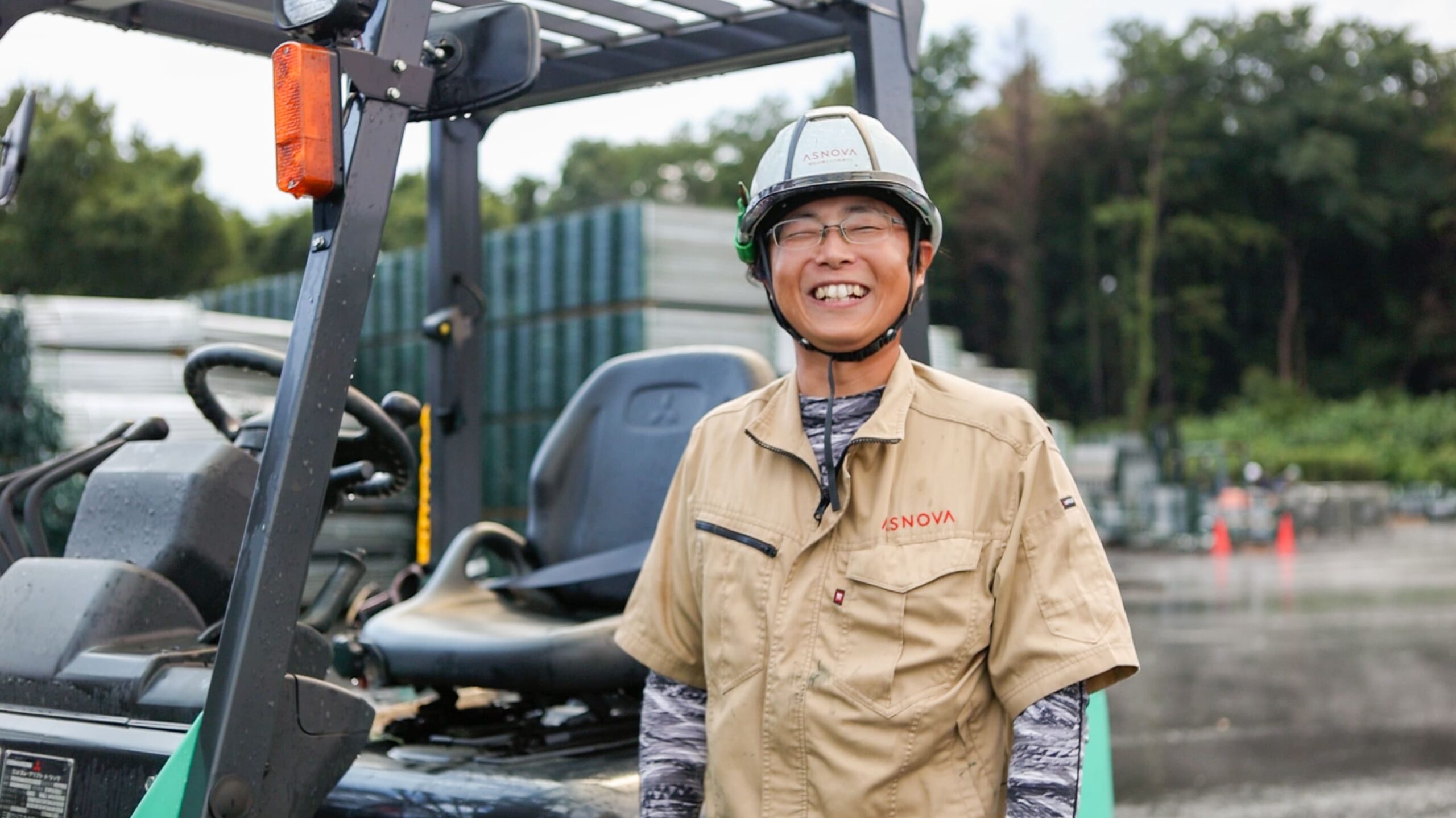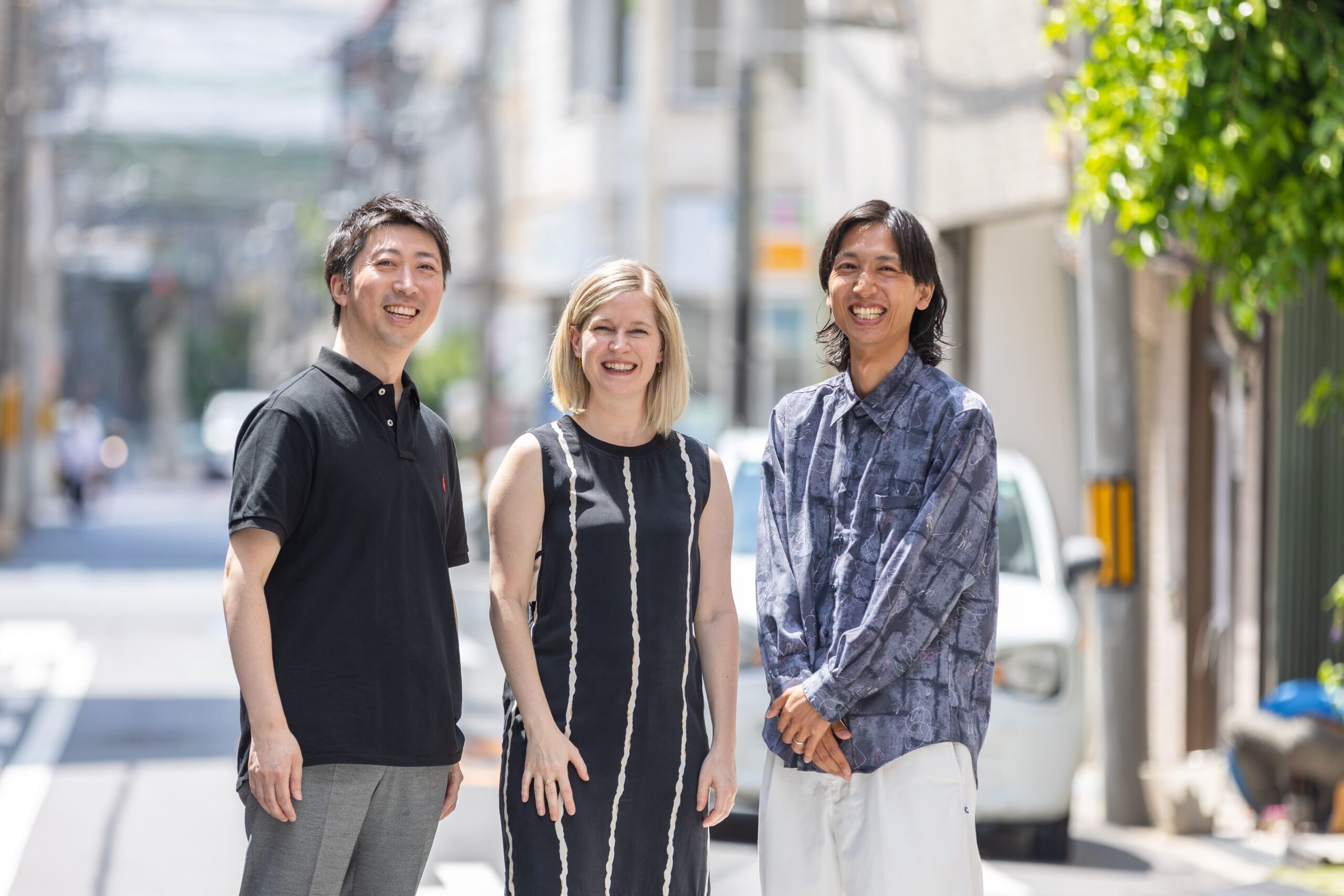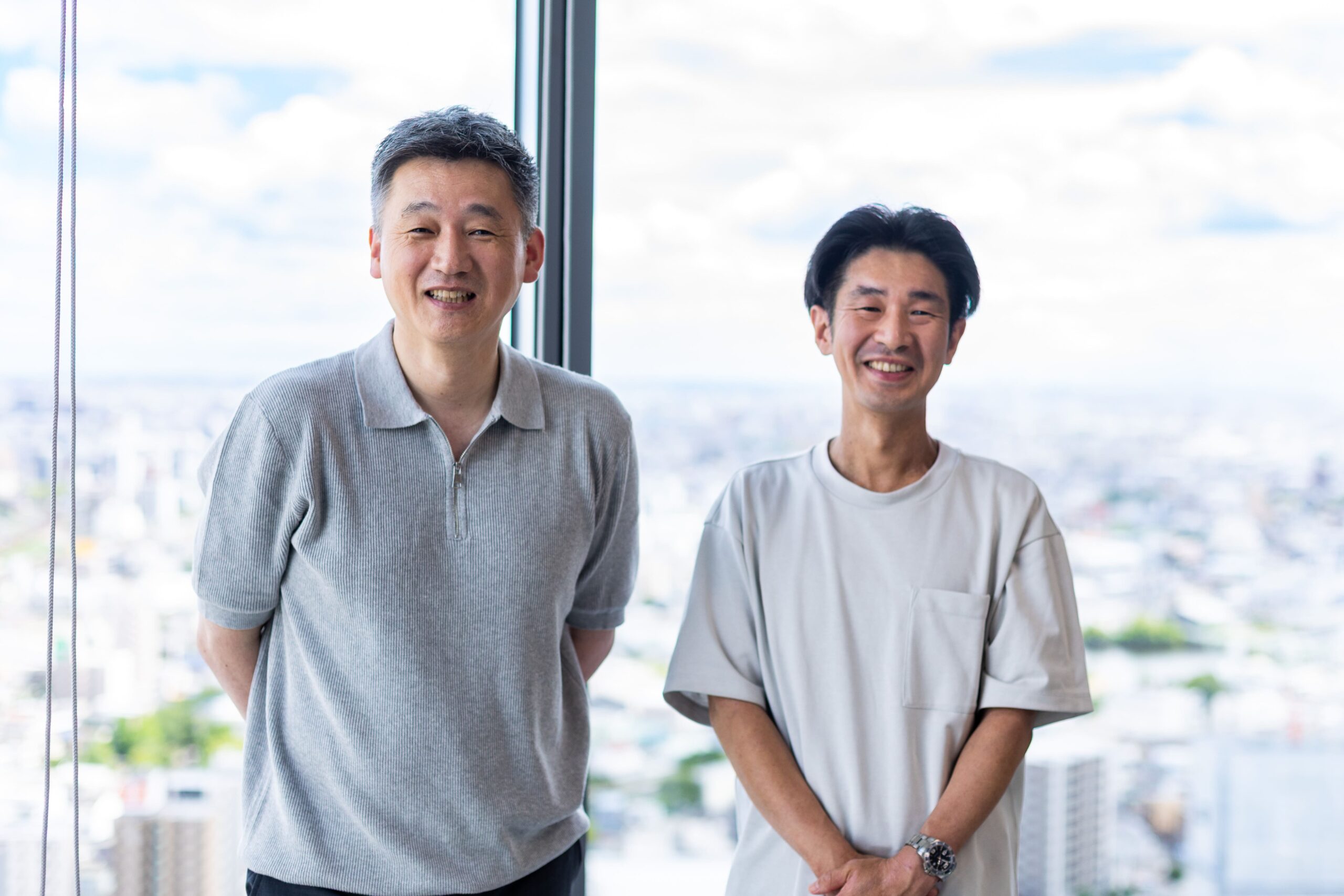開発から取り残された空港跡地
ベルリンの中心部に、現在は使われていない空港が、そのまま残されているのをご存知だろうか。
1923年に開港したテンペルホーフ空港は、ヒトラーの首都計画の一環でデザインされ、冷戦時代はベルリン大空輸の舞台となった。現在は空港としての機能は停止されているものの、建物、滑走路を含む広大な敷地は、市の中心部にあるにも関わらず、開発されることなく現状のまま残されている。
2008年に閉港したテンペルホーフ空港。閉港後、市が提示したテンペルホーフ空港跡地の再開発に対し、2014年の市民投票でベルリン市民は「NO」を訴えた。結果、市民のための多目的スペースとして、行政や一般企業によるさまざまなイベントなどで使用されている。2015年欧州移民危機の際には、シリア難民の一時的な収容所としても使用された。
「街の中心部にありながら、そのまま放置されているのは、もったいないと思ったんです。この雨水貯留域は周りが木々に囲まれているので、自然を感じられるのも魅力でした。」
ことの始まりをこう説明してくれたのは、Floating Berlinを企画運営する建築団体・
Raumlabor のメンバー、フローリアンだ。Raumlaborは、「Urban prototypes(都市のプロトタイプ)」をモットーに、一時的に都市空間を変容させる、実験的な活動を行う集団だ。既存の建築・都市のあり方に疑問を投げかける挑発的なプロジェクトを、10人程度の少人数で行なっている。
街の中心部で良い立地ではありながら、定期的に雨水が流れ込む厄介なこの場所に、Raumlaborは目をつけた。「常に姿形を変える場所ですし、将来、どのような開発が待っているかも分かりません。だからこそ、ここをテストフィールドと考え、期間限定で実験をする場を作ることを思い立ちました。」
滑走路を含む広大な敷地全体がそのまま残された旧テンペルホーフ空港。ジョギングを楽しむ人がいたりと、市民の憩いの場となっている。
インスピレーションとなったのは、旧テンペルホーフ空港の広大な敷地を活用した展覧会
『The World is Not Fair』 だ。Raumlaborが企画を担当し、デンマーク人アーティスト、オラファー・エリアソンなどを交え、再利用品素材を使用して複数の大型パビリオンをつくった。15人のアーティストで一から作りあげた、DIY精神溢れる展示会が、次の活動の種となった。
大切なのは「交渉し続けること」。変化と実験に寛容な、ベルリンという場所
「この雨水貯留域は市の所有地なので、ここを利用するには、まずは行政を説得する必要がありました」とフローリアンは説明する。
実態の分からない実験的なプロジェクトに、市が許可を出すのは難しいのではないか。どうやって市を説得したの?という質問に、彼はニヤリと笑って答えた。「We just didn’t stop it (辞めなかっただけさ)」。
Raumlaborのメンバー、フローリアン。
かつて東と西を分断していた、ベルリンの壁の一部であったという建物内に、Raumlaborのオフィスはある。古い工場のような佇まいの館内を案内してもらうと、広大な館内で複数のプロジェクトが進行していた。
ベルリンでは、市民が勝手に自分たちで公園を作ってしまったり、建物を占拠したりという光景を、よく見る。許可の有る無しに関わらず、とにかくしつこく言い続ける、やってみる、というのが、どうやらベルリン流のようだ。
「89年にベルリンの壁が崩壊し、西と東の統合が起きてから、急にさまざまなことが可能になりました。ベルリンは貧しかったけれど、おかげでアーティストが住みやすい自由な土壌が育まれ、実験的な文化が花開いたんです。」
Floating Berlinがスタートしたのは、2018年。貯留域の敷地全体を貼り巡るように、仮設の足場を中心に複数の建物群をつくった。ベースとなったのは、日本の建築事務所Atelier Bow-Wowがデザインした「Urban Forest(都市の森)」だ。Raumlaborのメンバーはもちろん、Facebookなどでボランティアを集い、学生や一般市民も参加してつくりあげた。橋を使って行き来ができる、群島のような見た目がチャーミングだ。
写真:Evey Kwong
写真:Lena Giovanazzi
世界中から複数の大学に声をかけるなどし、夏限定で、誰もが参加できるレクチャーやワークショップなどを開催し始めた。2019年のテーマは、「Climate Care(クライマット・ケア)」。気候変動の時代、どのように人々が環境を気遣う(Care)土壌を作れるのか、子供や、ドイツで暮らす難民も招いて議論し、同時に行動する10日間のフェスティバルを行なった。「2019年はみんなでコンポストをつくったり、温泉もつくりましたね」と笑うフローリアン。とにかく、なんでも自分たちで作るという精神がある。
不便に慣れる、なければつくる
「ここには、通常の大学にあるような、プリンターもシンクも空調機も、食堂もありません。不便だからこそ、何か必要であれば、それを得るために、自分で行動しなければならないんです。机も椅子も最初はなかったので、一からつくる必要がありました。だからこそ、周りの人たちと必然的に助け合うことになるし、新しいコミュニケーションも生まれます。」
Floating Berlinが”浮かんで”いるのは、ベルリンのあちこちから流されてきた、汚染された泥水の上だ。移動の際は、橋を利用するか、長靴を履いて、歩き回る必要がある。
写真:Lena Giovanazzi
「シンクがないから、何かを洗おうとした時に、はて、どうしようか?と立ち止まって考える必要があります。トイレもそうですね。水洗トイレなんて、ここにはありませんから(笑)。用を足したときに、その下水はどこに行くのかと、必然的に考える必要があります。」
普段私たちは、下水システムといった都市インフラについて、特に意識しない。「あることが当たり前」であると、それについて、深く考える必要がないからだ。その「当たり前」のない世界に入り込んでみることで、学べることがあると、フローリアンは説明する。
「瞬間的、仮設的」 であることの 限界と危険性も知っておく
大切なのは、人々の意識を変えること
一方で、短期的で実験的なプロジェクトには、ある種の危険性も潜んでいるという。
「少し前まではどんな実験も寛容に受け入れてくれたベルリンは、今では随分窮屈になってしまいました。もともと低所得者層の居住地域がアーティストの文化的活動などによって活性化した結果、再開発や投資が進み、地価が高騰してしまったんです。」
このジェントリフィケーションという現象がベルリン中に広がった結果、地域の価値を高める名目で行われる短期間のプロジェクトに対し、人々は懐疑的になってしまった。地域が活性化された結果、資本が入り込み地価が上がってしまうと、逆に面白い実験ができなくなってしまう。
グラフィティに覆われた、Raumlaborのオフィスがある建物の入り口
「だからこそ、私たちは短期的なプロジェクトをする場合は、単にその場所を魅力的にしたり、挑発的な実験をするだけでなく、『未来に対する人々の意識』そのものに変化をもたらすことを目標としています」とフローリアンは説明する。
「結局大切なのは、人なんです。特に商業的なものであるほど、お祭り的な短期間のプロジェクトは危険だと思っています。私たちは、常に公共空間に関わることをしたいし、人々により多くの価値を提供したい。」
Floating Berlinも、あっと驚く水上の建物をつくることよりも、市民と共に学び、この場所の、ベルリンの、地球の未来を共に考えることにこそ意義があるのだろう。
2020年のテーマはまだ検討中だというフローリアン。夏の開催に向けて、週に一度の定期的なオープン・ダイアローグの場を設けるなど、次の実験に向けて準備を進めていく予定だ。仮設的に、軽やかに、それでいて真剣に社会課題に取り組むFloating Berlinの活動から、これからも目が離せない。
『POP UP SOCIETY』とは
『POP UP SOCIETY』は、一般の方に業界への興味を持ってもらい、中長期的に建設仮設業界の若手人材不足に貢献することを目指し、ASNOVAが2020年3月から2022年3月まで運営してきた不定期発行のマガジンです。
仮設(カセツ)という切り口で、国内外のユニークで実験的な取組みを、人物・企業へのインタビュー、体験レポートなどを通じて紹介します。









